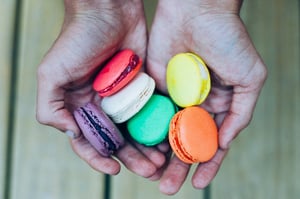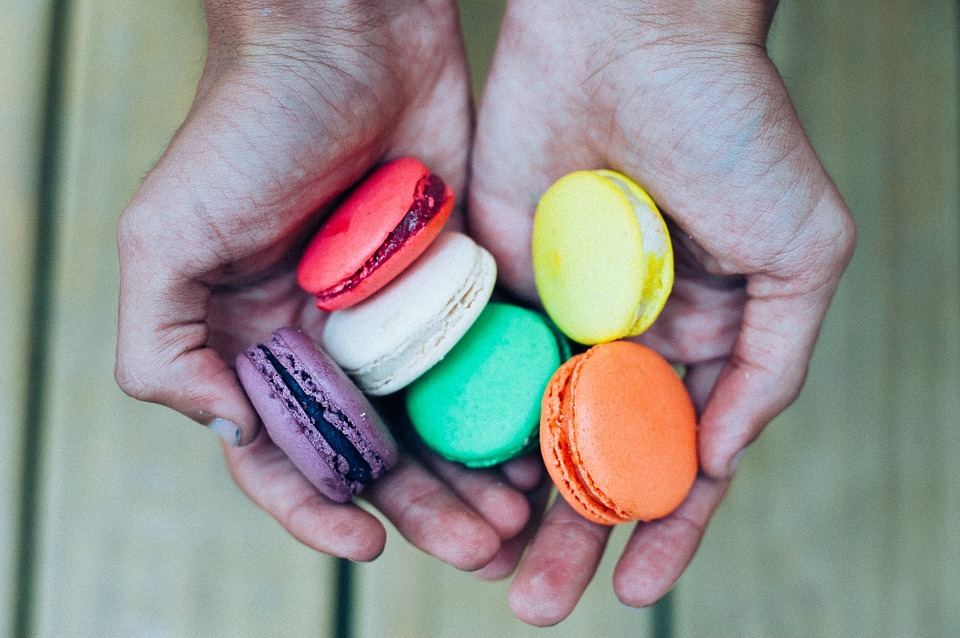Colour is important to many foods, be they natural and unprocessed or completely manufactured. People associate certain colours with certain flavours, and the colour of food can influence the perceived flavour of anything from savoury snacks and sweet confectionary to crisp, dry white wine.
Sometimes the aim is to simulate and accentuate a colour that is perceived by the consumer as natural. For example, red colouring is added to glacé cherries which would otherwise be beige, but sometimes it is for gimmicky effect and impact, such as the green ketchup that Heinz launched in 2000.

Colour additives are used in foods for many reasons including:
- offset colour loss due to exposure to light, air, temperature extremes, moisture and storage conditions
- correct natural variations in colour
- enhance colours that occur naturally
- provide colour to colourless and ‘fun’ foods
In addition, colour may provide an indication of chemical changes in a food, such as browning and caramelisation.
For a few clear liquid foods, such as oils and beverages, colour is mainly a matter of the transmission of light, whereas opaque foods derive their colour mostly from reflection.
Natural foodstuffs have frequently recurring hues; green, red, pink, orange, yellow and purple are the most common. Despite some people’s insistence about blueberries and blue cheese, no true blue colours exist at all, with many ‘blue’ natural foods actually being various shades of violet and purple.
Colour is the general name for all sensations arising from the activity of the retina in the eye. When light reaches the retina the eye’s neural mechanism responds, signalling, among other things, colour.
Visible light has a wavelength in the range of about 380 nanometres (nm) to about 740 nm – between the invisible infrared, with longer wavelengths and the invisible ultraviolet, with shorter wavelengths. According to this definition colour cannot be studied without considering the human sensory system.
The colour perceived when the eye views an illuminated object is related to the following three factors: the spectral composition of the light source, the chemical and physical characteristics of the object and the spectral sensitivity properties of the eye.
To evaluate the properties of the object we must standardise the other two factors. Fortunately, the characteristics of different people’s eyes for viewing colours are fairly uniform; it is not too difficult to replace the eye by some instrumental sensor or photocell that can provide consistent results.
There are several systems of colour classification; the most often cited is the CIE 1931 XYZ colour space created by the Commission internationale de l'éclairage (CIE) in 1931. Other methodologies used to describe food colour are the Munsell, Hunter and Lovibond systems.
Far from a new phenomenon, there is evidence that early civilizations introduced colour into their food. Ancient Egyptians coloured food yellow with saffron, and saffron is mentioned in Homer's Iliad, dating from 700 B.C.E. Pliny the Elder relates that wines were artificially colored in 400 B.C.E. and wealthy Romans ate white bread that had been whitened by adding alum to the flour.
(Image Credit: StockSnap at www.pixabay.com)


